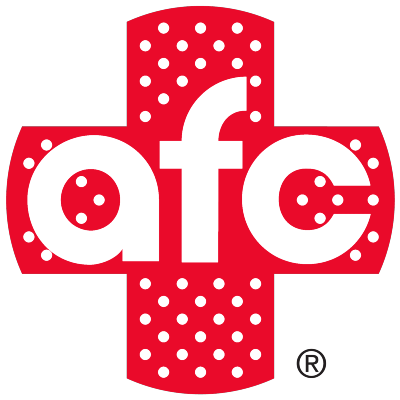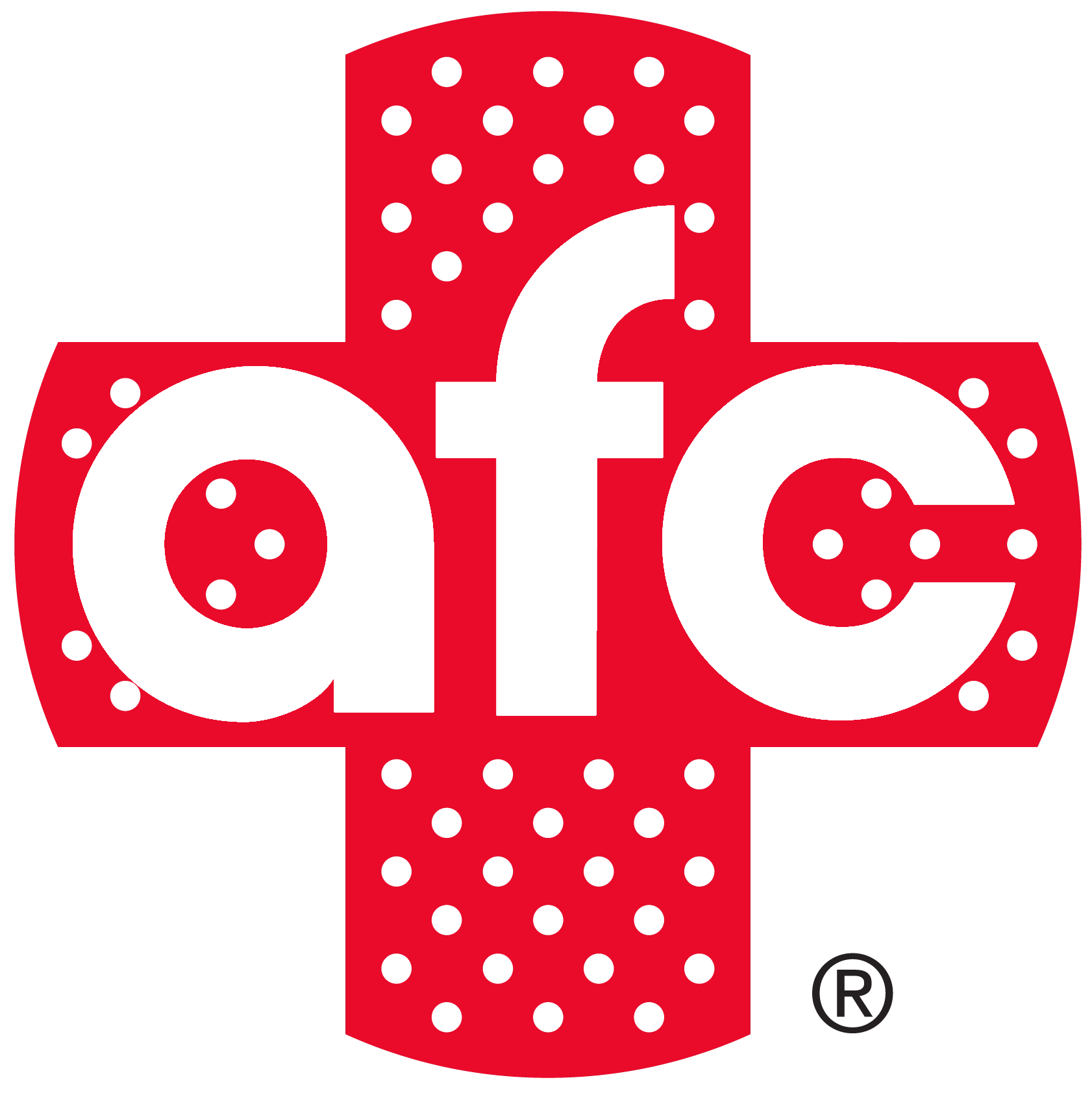AFC Cherrydale
Sprains Strains Treatment
CALL US TODAY | (864) 467-2005
Visit us for your sprains, strains, cuts, bruises, and other immediate healthcare needs
Reserve a SpotFind The Location Nearest Covid-19 Testing
We think you’re located in zip code 29609. Not Right?
Sprains and Strains Treatment Questions and Answers
How long does it take for a sprain or strain to heal? Day to day life can come to an immediate halt if you hurt yourself with a fracture, sprain or strain. Don't stay home and try to deal with it alone, visit AFC Urgent Care. Our professional and caring staffs are here to help you when you need it most. Call us or book an appointment online or simply walk-in today.
Sprains, strains, and fractures can all stop you in your tracks with whatever you are doing, whether you are at work, exploring the outdoors, participating in a sport, or taking care of things at home. At AFC Urgent Care in Cherrydale, our board-certified physicians are here to provide you with swift and effective medical care if you are injured with a fracture, sprain, or strain.
What is the difference between a sprain strain and fracture?
While it may be difficult to tell in the event of an injury whether you have suffered a sprain, strain, or fracture, these injuries are easily differentiated based on the particular musculoskeletal tissue they affect. As such, a fracture involves a crack, chip, or break in a bone or cartilage, a strain involves a torn or stretched muscle, while a sprain involves a torn or stretched ligament, which is a band of fibrous tissue that connects and holds bones, cartilage, and joints together.
There are also slight differences in how each injury is felt or experienced. As such, sprains generally occur with a feeling of moderate to intense pain, in addition to a popping sensation or sound. With a fracture, you may experience numbness or tingling if you do not feel pain, as well as a cracking sound at the moment of the injury. If you have experienced a muscle strain, you may experience a stabbing sensation and pain that worsens when contracting the affected muscle.
How are sprains and fractures treated?
Treatment for sprains and fractures varies according to the location and severity of the injury and the overall condition of the patient who suffered the injury.
As for sprains, they are classified into three grades based on severity, with grade I sprains being the mildest and grade III the most severe. With grade I sprains, a combination of anti-inflammatory medication and the RICE method (rest, ice, compression, elevation) will usually suffice to reduce pain and swelling and prevent further injury. Grade II sprains will typically require some form of immobilization, such as a brace or removable cast to support the injured ligament, in addition to physical therapy once the ligament is sufficiently healed. Grade III sprains require immobilization, substantial pain relief, and in the most severe cases, surgery.
With fractures, many of the treatment options are similar to sprains. However, there are several different types of fractures, which create more variety in terms of treatments. That said, fracture treatment may involve a splint, cast, or sling for immobilization and support, pain relief measures, physical therapy, traction therapy, surgical placement of screws, plates, or rods, and more.
How long do strains and sprains take to heal?
The length of time it takes for a sprain or strain to heal ultimately depends on the severity of the injury. As such, it could anywhere from a few weeks to several months before a sprain or strain is completely healed. In general, mild sprains and strains heal within three to six weeks, while moderate to severe sprains and strains can take up to six months to heal.
Where should I go if I have a fracture, sprain or strain?
If you have suffered a fracture, sprain, or strain, you should go to the emergency room or an urgent care clinic like ours at AFC Urgent Care in Cherrydale. Our board-certified physicians have vast experience and expertise in treating various fractures, sprains, and strains. That said, you should go to the emergency room if your sprain or fracture exhibits any of the following:
- Bone protruding from the skin
- Excessive bleeding
- Fracture around the head, neck, torso, or in the long bones of the arm or leg
- Inability to move fingers if the injury is in the arm or toes if the injury is in the leg
- Injured area is deformed or misaligned
- Restricted blood flow
If you are experiencing any of the above symptoms, our medical experts would be happy to provide first-rate treatment to you at AFC Urgent Care in Cherrydale
 How Can We Help?
How Can We Help?
- PATIENT SERVICES
- COVID-19 SERVICES
- TELECARE
- EMPLOYER RESOURCES
- PATIENT RESOURCES
- ABOUT US

Don't wait to get the medical attention you need.
CALL US TODAY | (864) 467-2005


